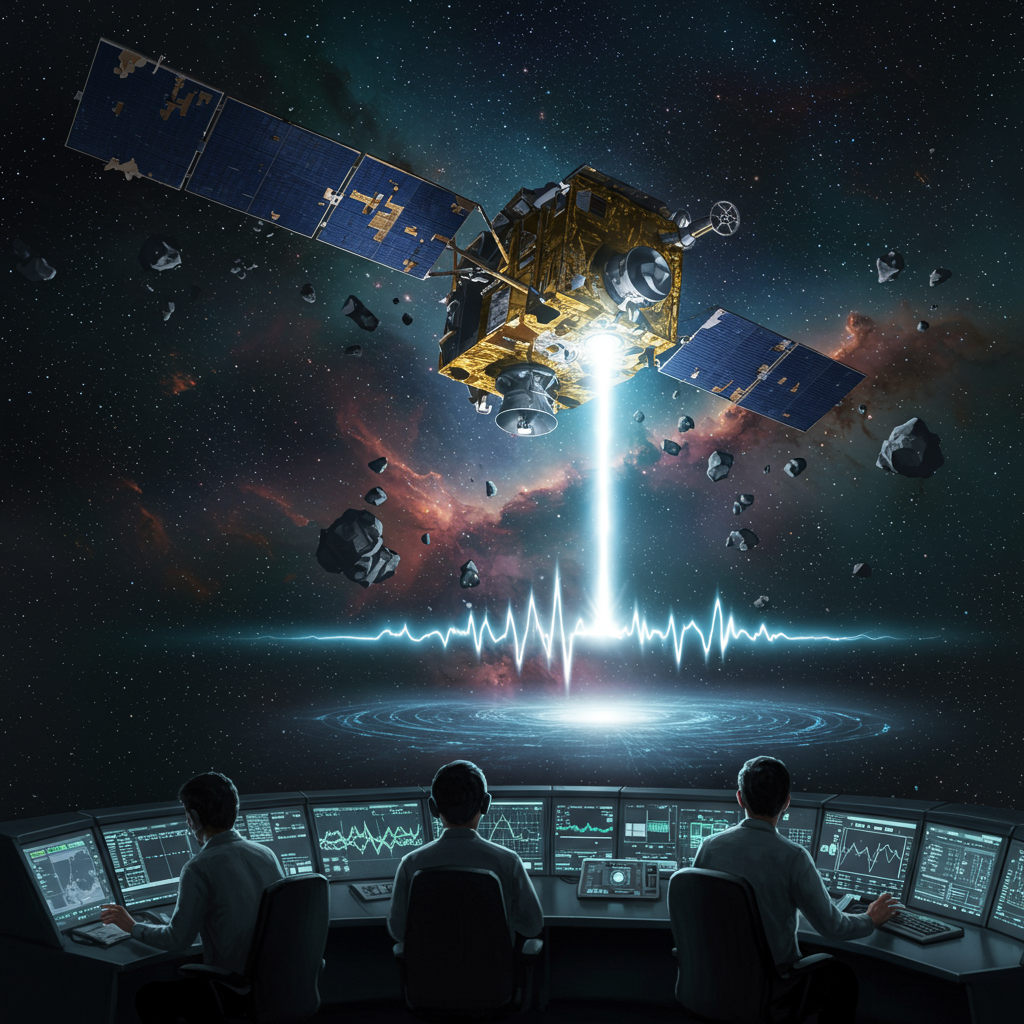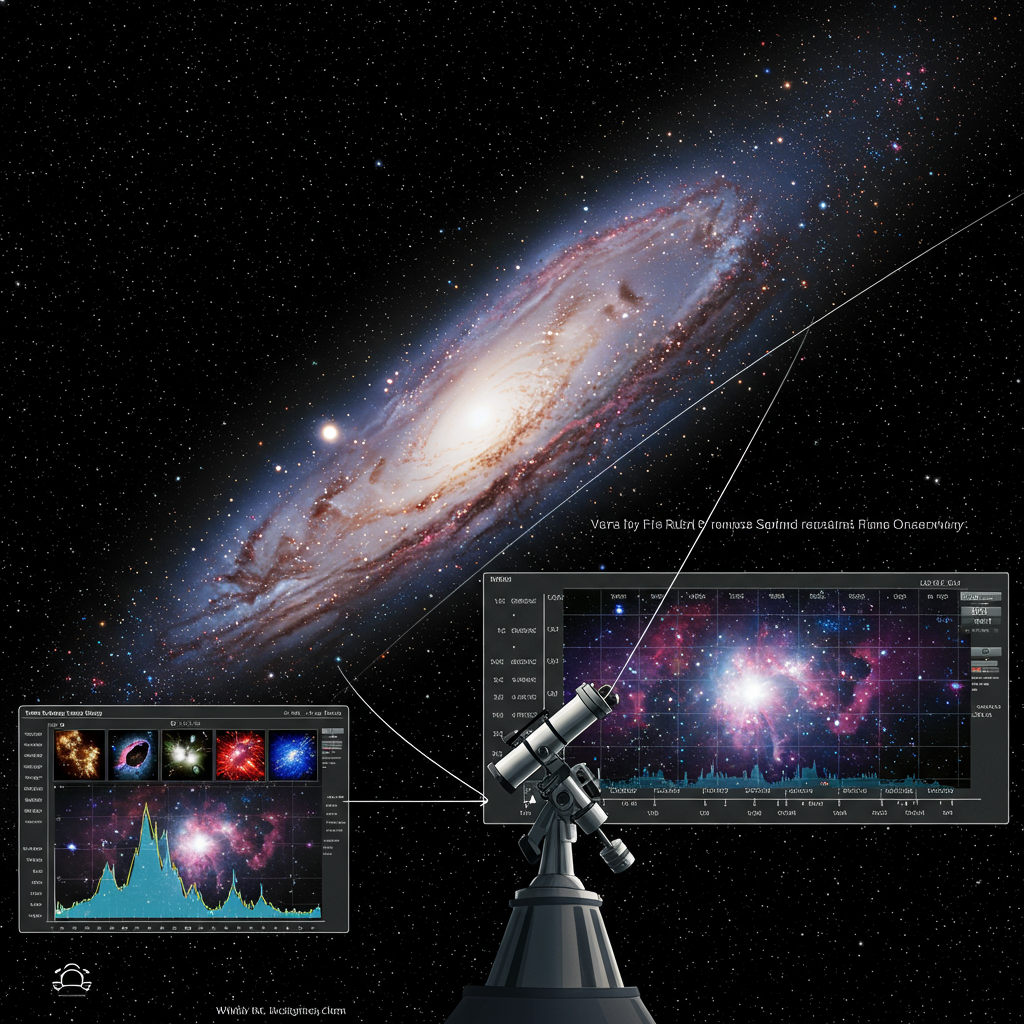Decades of Silence Broken: Defunct NASA Satellite Emits Powerful Radio Pulse
In a baffling twist of fate, a defunct NASA satellite, silent for nearly six decades, has unexpectedly emitted a powerful burst of radio waves. The signal, detected within our own galaxy, has left astronomers scratching their heads, unsure of the precise cause of this cosmic reawakening.
The satellite in question is Relay 2, a communication satellite launched by NASA in 1964. Its operational life was relatively short-lived, going offline in 1967 after its two onboard transponders failed. Yet, almost 60 years later, in June 2024, researchers recorded a potent, unexpected signal originating from its location.
Study lead author Clancy James, an associate professor at Curtin University’s Institute of Radio Astronomy, described the event as “an incredibly powerful radio pulse that vastly outshone everything else in the sky for a very short amount of time.”
A Mysterious Flash from Our Backyard
The startling signal was picked up by the Australian Square Kilometer Array Pathfinder (ASKAP), a sophisticated radio telescope situated in Western Australia. ASKAP is designed to scan the sky for intense blasts of radio waves, which often originate from distant galaxies and can unleash energy equivalent to days of the sun’s output in just a fraction of a second.
However, this particular pulse was different. It didn’t come from the far reaches of the universe but from right here in the Milky Way, so close that the ASKAP telescope initially struggled to focus on it, much like a camera struggling with a very nearby object.
Initially, scientists were excited by the possibility of discovering a new celestial phenomenon, perhaps a new type of pulsar or another exotic object. Astronomers are constantly detecting strange, repeating radio signals from space, such as the recently identified ASKAP J1832-0911, which emits regular pulses every 44 minutes and defies current explanations. But the Relay 2 signal presented a unique puzzle: it originated from a known, human-made piece of space debris.
What Caused the Satellite to Speak?
The research team quickly ruled out the possibility of a deliberate transmission. The pulse lasted an incredibly brief 30 nanoseconds, a duration that doesn’t align with any of the satellite’s original systems or capabilities.
Instead, two primary hypotheses have emerged to explain how the dormant Relay 2 could produce such a powerful radio burst:
- Micrometeorite Impact: The satellite could have been struck by a tiny space rock. Such impacts can generate plasma clouds, alter electrical conductivity, create electric fields on the satellite’s surface, or even directly emit radio-frequency waves.
- Electrostatic Discharge (ESD): This is considered the more likely scenario. ESD occurs when different parts of a spacecraft accumulate varying electrical charges, leading to a sudden flow of electricity between them. Early spacecraft like Relay 2 may have been built with materials prone to holding larger charges, potentially resulting in stronger ESD events. The link between ESD and radio frequency pulses is well-established.
Karen Aplin, a professor of space science and technology not involved in the study, notes that distinguishing between the signals produced by a micrometeorite impact and electrostatic discharge would be incredibly challenging due to their similar appearance.
Implications for Monitoring Space Debris
While the exact cause remains a mystery, the detection of this pulse from Relay 2 is considered significant. It highlights the potential for long-dead satellites to generate unexpected radio emissions.
Furthermore, the study suggests that detecting such radio pulses could potentially offer a new technique for evaluating electrostatic discharges occurring on spacecraft in orbit. This is particularly relevant in today’s increasingly crowded space environment, which is filled with a growing amount of space debris and a proliferation of small, low-cost satellites that may have limited protection against electrostatic discharges.
The unexpected “voice” from the past serves as a potent reminder that even silent space debris can hold surprising secrets. Research continues to understand the specific event and its broader implications for monitoring the activity within Earth’s orbits.




